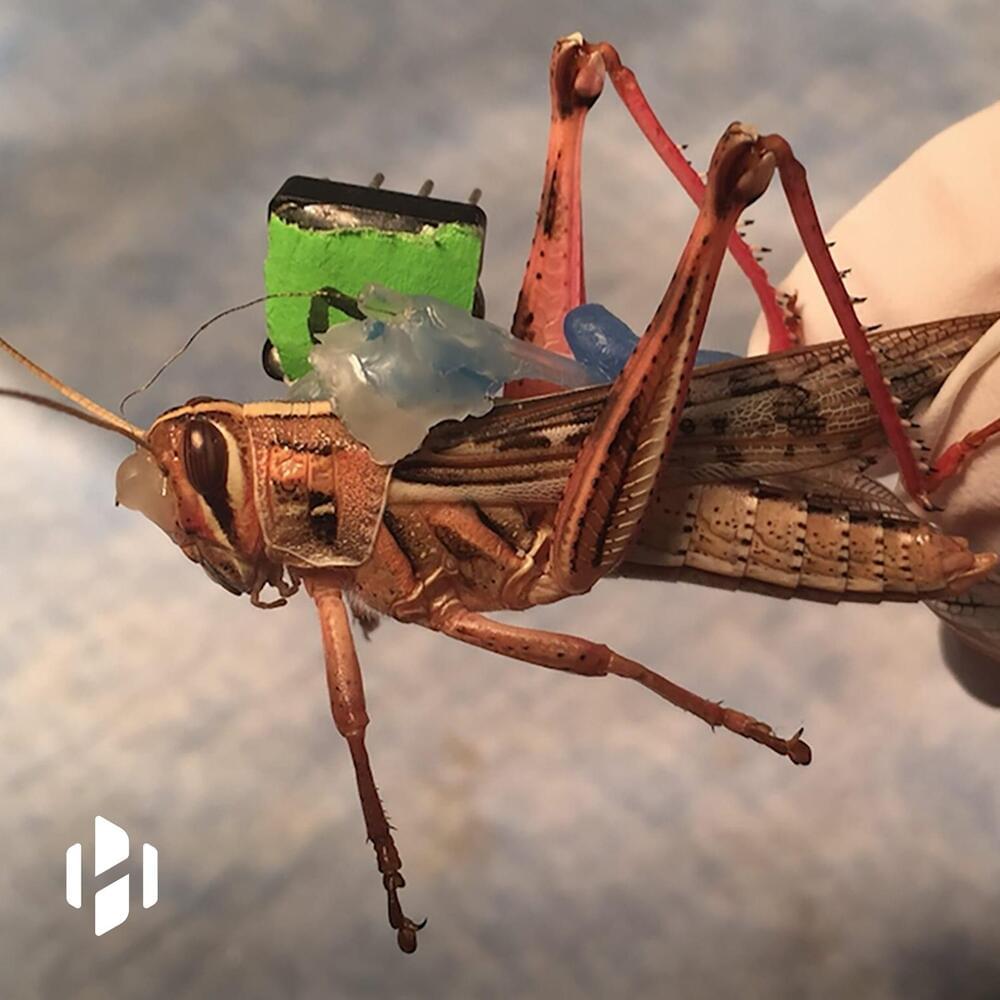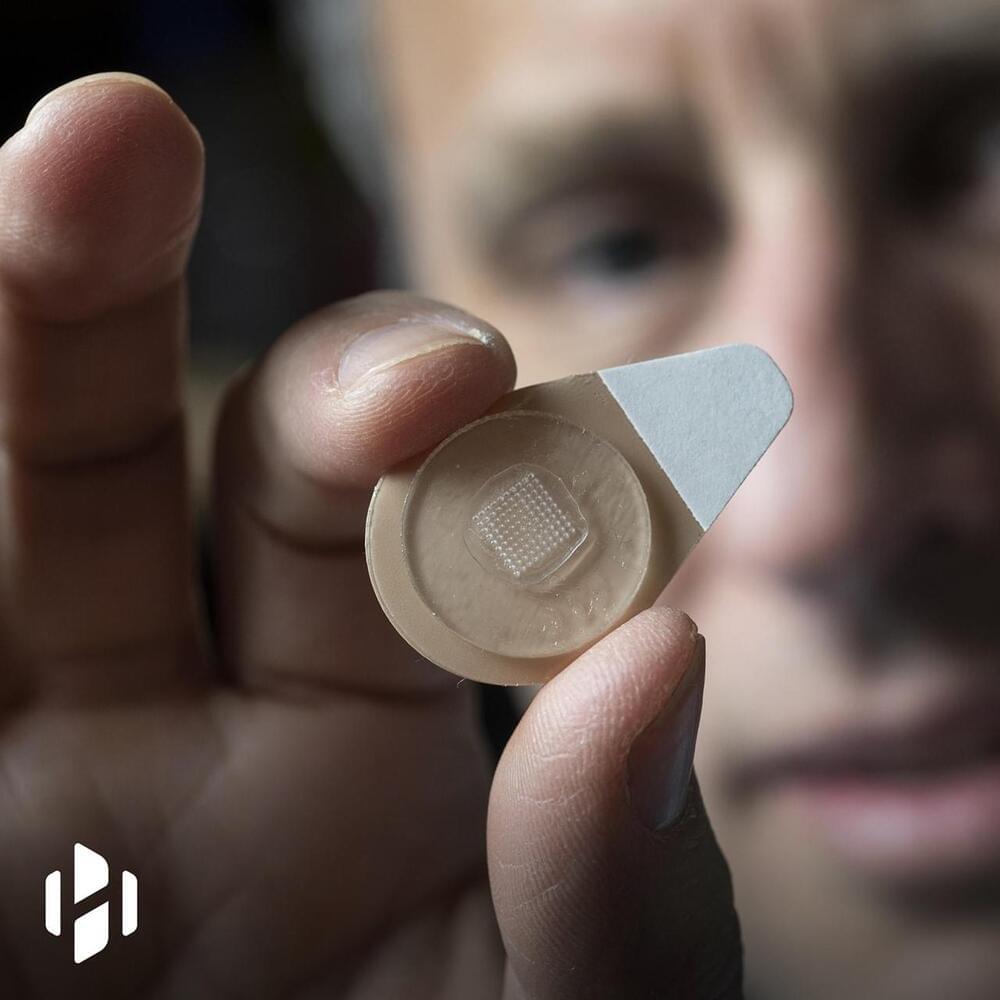The makers of Roomba have a new solution for avoiding pet accidents 💩.











As Australia turns to nuclear power for its submarines, a UK prototype will test the use of autonomous green hydrogen submarines for freight transport.
A world-first green submarine project will soon get underway after a proposal to power an autonomous underwater vessel with green hydrogen won a share of a United Kingdom £23 million funding program.
Start-up company Oceanways is to build a prototype of a zero emission submarine initially designed to deliver cargo in a twenty-foot container between Glasgow and Belfast.
As the green submarines move underwater, they will also filter microplastics and microfibres out of the ocean, and collect information and data on ocean health and acidification via a number of onboard sensors.